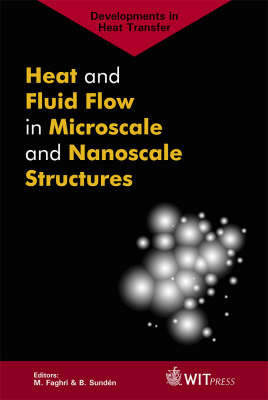Developments in Heat Transfer
1 primary work • 2 total works
Book 11
Heat exchangers are important, and used frequently in the processing, heat and power, air-conditioning and refrigeration, heat recovery, transportation and manufacturing industries. Such equipment is also important in electronics cooling and for environmental issues like thermal pollution, waste disposal and sustainable development. The present book concerns plate heat exchangers (PHEs), which are one of the most common types in practice. The overall objectives are to present comprehensive descriptions of such heat exchangers and their advantages and limitations, to provide in-depth thermal and hydraulic design theory for PHEs, and to present state-of-the-art knowledge. The book starts with a general introduction and historical background to PHEs, then discusses construction and operation (PHE types, plate pattern, etc.) and gives examples of PHEs in different application areas. Material issues (plates, gaskets, brazing materials) and manufacturing methods are also treated.The major part of the book concerns the basic design methods for both single-phase and two-phase flow cases, various flow arrangements, thermal-hydraulic performance in single-phase flow and for PHEs operating as condensers and evaporators. Fouling problems are also discussed and in a section on extended design and operation issues, modern Research and Development (R & D) tools like computational fluid dynamics (CFD) methods are discussed. Unique features for PHEs are discussed throughout.
v.13
Over the last 20 years, micro/nanoscale flow and heat transfer have been a most active area of interdisciplinary research, involving scientists from various specialities including engineering, physics, chemistry and materials science. Presenting state-of-the-art knowledge in heat transfer and fluid flow in micro- and nanoscale structures, this book provides invaluable information for both graduate researchers and R&D engineers in industry and consultancy. All of the chapters are invited contributions from some of the most prominent scientists in the field and follow a unified outline and presentation to aid accessibility.

